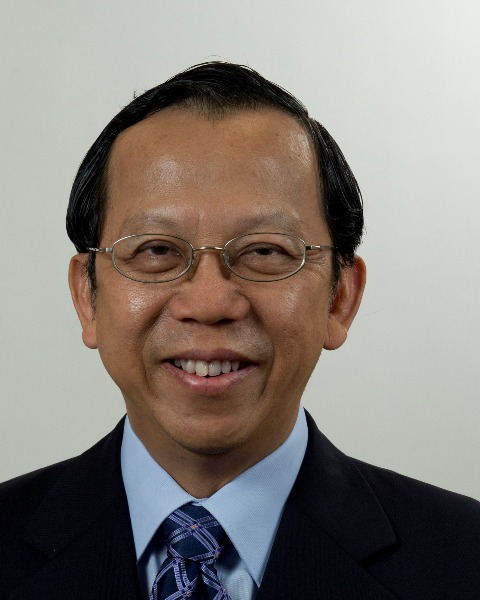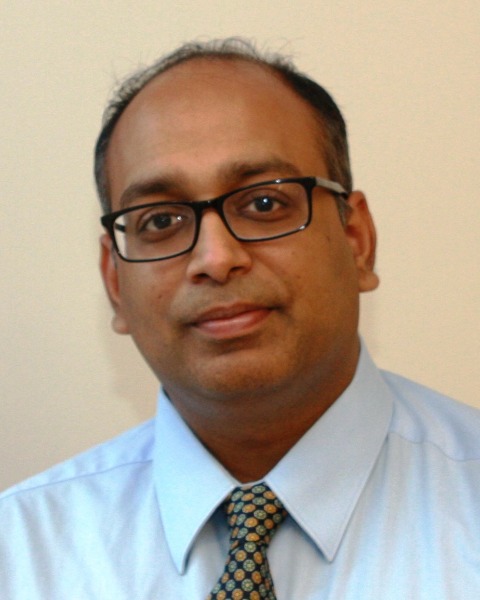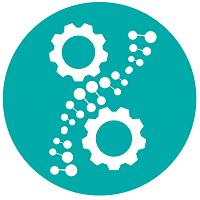Manufacturing & Analytical Characterization
Keynote: Manufacturing Innovations in Oral Solids and Inhaled Products - Current Status and Future Vision
-

Paul Wan Sia Heng, PhD (he/him/his)
Honarary Fellow
National University of Singapore
Singapore, Singapore -

Bhavishya Mittal, PhD (he/him/his)
Vice President
BioDuro
Irvine, California
Keynote Speaker(s)
Moderator(s)
It is well-known that the pharmaceutical industry is generally conservative, slow to change in its highly regulated operational space. Nevertheless, pharmaceutical companies are continuously seeking manufacturing processes that are more reliable and efficient, faster turnaround and lower production unit cost. Innovations have always been pursued in the pharmaceutical industry, particularly in the search of new drugs and delivery methods, to treat certain maladies, enhance efficacy, patient acceptance and commercial benefits. For off-patent drugs, increased competition drives innovations towards lowering production unit cost while maintaining or enhancing consumer acceptance. The last notable pharmaceutical manufacturing advancement is continuous manufacturing, over a decade ago and now; more products are being produced by continuous manufacturing. Innovations in continuous direct tableting, end product testing and containment have evolved. Fluidised bed applications in granulation and coating have innovated to improve efficiency and better process control. For inhalation technologies, improved blending and dosing have advanced efficiency. Future innovations in oral solids and inhaled products manufacture will be incremental, by adaptive innovations, for better efficiency or process control. Lower cost can be achieved through high volume end-to-end manufacturing, from synthesis to finished product. However, considerations of potential supply chain disruptions will limit the monopolistic market.
Learning Objectives:
- Upon completion, participant will be able to appreciate the conservatism and complexity of pharmaceutical product manufacturing due to the highly regulated environment pharmaceutical products have to be manufactured under.
- Participant will be shown the various strategies to manufacture oral solids and inhaled systems and where innovations have improved or advanced various unit operations in the manufacture pharmaceutical products. The evolution of various unit operations towards improving manufacturing efficiency be shown and discussed.
- Participant will be able to appreciate what are the likely aims and strategies of pharmaceutical companies in a competitive market in the future.

